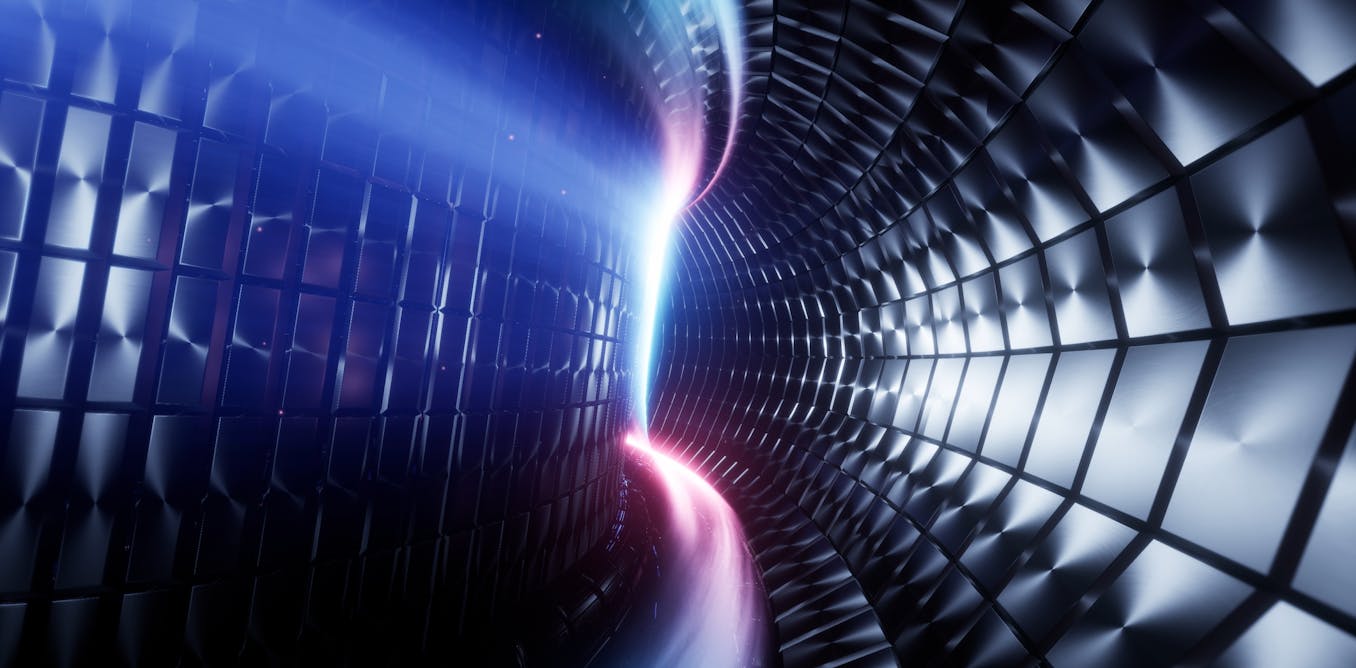nuclear power produces long-lived radioactive waste, which needs to be stored securely. Nuclear fuels, such as the element uranium (which needs to be mined), are finite, so the technology is not considered renewable. Renewable sources of energy, such as solar and wind power suffer from “intermittency”, meaning they do not consistently produce energy at all hours of the day.
fusion technologies have yet to produce sustained net energy output (more energy than is put in to run the reactor), let alone produce energy at the scale required to meet the growing demands of AI. Fusion will require many more technological developments before it can fulfil its promise of delivering power to the grid.



Probably. Proxima fusion is using simulation-driven engineering to pave their way through the design space, no matter how you approach it it’s gotta involve dimension reduction in some way and that’s ML. They speak of AI but well it’s a press piece.
LLMs or diffusion models? Nah, don’t think so. This is actual engineers throwing statistics at a particular problem to identify what prototypes they should build, not techbros throwing shit at the wall.